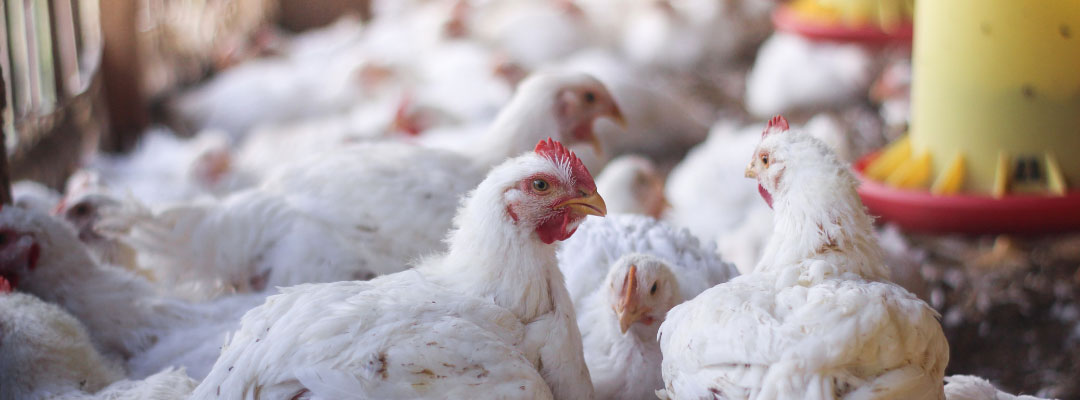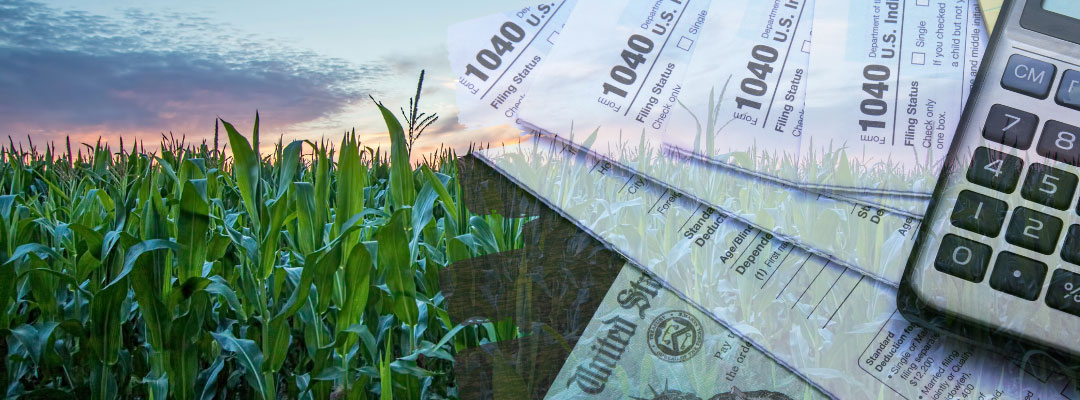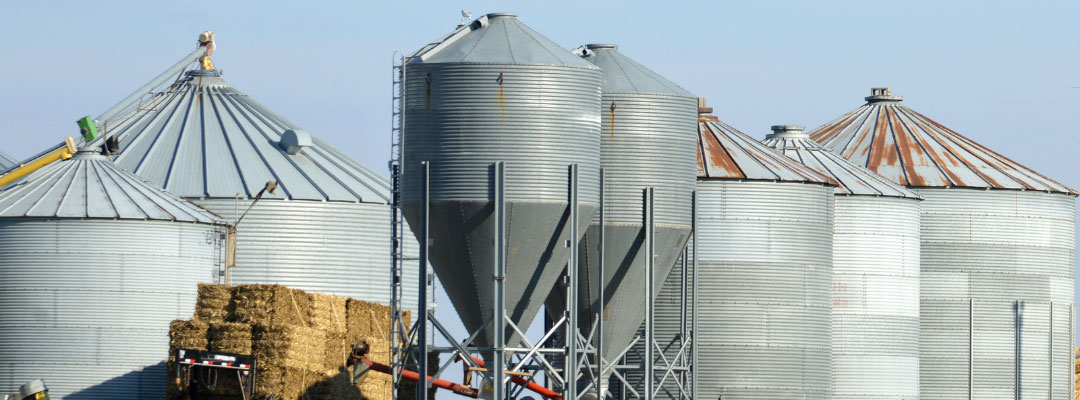Poultry growers may have started to receive settlement forms recently for a broiler grower class action lawsuit settlement. Defendants involved in the lawsuit include Koch Poultry, Pilgrim’s Pride, Sanderson Farms, Tysons, and Perdue, and several co-conspirators, including Agri Stats, Foster Farms, Mountaire Farms, Wayne Farms, George’s, Inc., Peco Foods, Inc., House of Raeford Farms, Simmons Foods, Keystone Foods, Fieldale Farms Corp., O.K. Industries, Case Foods, Marshall Durbin Companies, Amick Farms, Inc., Mar-Jac Poultry, Inc., Harrison Poultry, Inc., and Claxton Poultry Farms. At this point, Perdue and Tyson have not agreed to the settlement, but their growers are still included in the settlement process. Growers might be surprised to receive this form in the mail and may have questions about the case and settlement. There is a website designed to answer questions about the settlement process (https://www.broilergrowersantitrustsettlement.com/koch-settlement/), which includes many important deadlines for broiler growers. Answers to many of the important questions growers may have, including how much money each grower will receive and whether additional integrators will, are currently unknown.
Originally filed in 2017 in the federal district court for the Eastern District of Oklahoma, the lawsuit alleges that several integrators colluded in the broiler market. According to the court filings, the plaintiffs alleged that the integrators agreed not to poach growers. In addition to the no-poaching agreement, the integrators also allegedly used Agri Stats to share detailed data about their operations. Although this data shared through Agri Stats is anonymous, it is highly detailed, making it possible for companies to distinguish various operations. This data is also non-public — private data only available to the integrators, according to the court filings. By sharing this detailed data with Agri Stats, the integrators could collude to lower grower compensation.
Growers for all these companies will receive settlement forms as potential class members impacted by the lower grower compensation amount due to the alleged collusion. Growers receiving settlement forms will need to pay attention to certain dates. The first important date is Sept. 23, 2022, for postmarking requests to be excluded from the settlement. A party always has the right to be excluded from a settlement. When a party elects, they often have the right to sue for similar claims on their own or do nothing. To have that opportunity, a grower must opt out by the September 23 deadline. Second, all claims’ forms must be submitted online or be postmarked by February 6, 2023. Please check the website at https://www.broilergrowersantitrustsettlement.com/koch-settlement/ for additional information to determine if a grower wants to be part of the settlement or if a grower notice mistakes on the settlement form.
Goeringer, Paul. “Broiler Grower Settlement Forms Arriving to Growers: Background on the Class Action“. Southern Ag Today 2(38.5). September 16, 2022. Permalink









